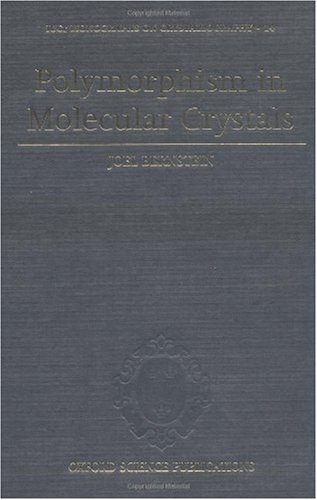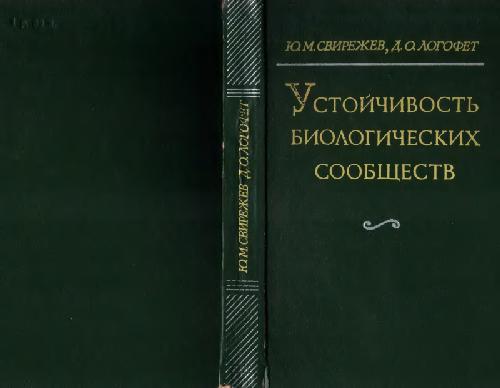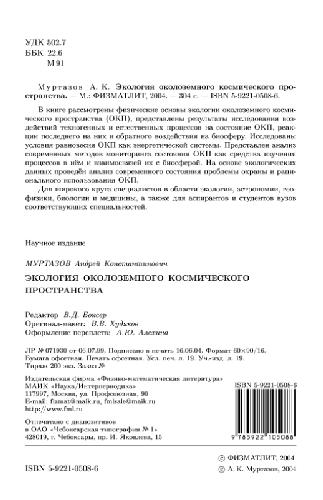Joel Bernstein9780198506058, 0198506058, 9780199236565, 0199236569, 9780191545016
Table of contents :
Contents……Page 12
1.1 Introduction……Page 16
1.2.1 Polymorphism……Page 17
1.2.2 Pseudopolymorphism, solvates, and hydrates……Page 19
1.2.3 Conventions for naming polymorphs……Page 23
1.3.1 Occurrence of polymorphism……Page 24
1.3.2 Literature sources of polymorphic compounds……Page 25
1.3.3 Polymorphic compounds in the Cambridge Structural Database……Page 30
1.3.6 Polymorphism of elements and inorganic compounds……Page 32
1.3.7 Polymorphism in macromolecular crystals……Page 33
1.4 Historical perspective……Page 34
1.5 Commercial/industrial importance of polymorphism—some additional comments……Page 42
2.2.1 The Phase Rule……Page 44
2.2.2 Thermodynamic relations in polymorphs……Page 46
2.2.3 Energy vs temperature diagrams—the Gibbs free energy……Page 47
2.2.4 Enantiotropism and monotropism……Page 49
2.2.5 Phase diagrams in terms of pressure and temperature……Page 50
2.2.7 Heat-of-fusion rule……Page 53
2.2.10 Density rule……Page 55
2.2.11 Infrared rule……Page 56
2.3 Kinetic factors determining the formation of polymorphic modifications……Page 57
2.4 Structural fundamentals……Page 60
2.4.1 Form vs habit……Page 61
2.4.3 Presentation of polymorphic structures for comparison……Page 64
3.1 General considerations……Page 81
3.2 Aggregation and nucleation……Page 82
3.3 Thermodynamic vs kinetic crystallization conditions……Page 87
3.4 Monotropism, enantiotropism, and crystallization strategy……Page 89
3.5 Concomitant polymorphs……Page 90
3.5.1 Crystallization methods and conditions……Page 91
3.5.2 Examples of different classes of compounds……Page 95
3.5.3 The structural approach……Page 101
3.6 Disappearing polymorphs……Page 104
3.7 Control of polymorphic crystallization by design……Page 107
4.2 Optical/hot stage microscopy……Page 109
4.3 Thermal methods……Page 119
4.4 X-ray crystallography……Page 126
4.5 Infrared spectroscopy……Page 144
4.6 Raman spectroscopy……Page 150
4.7 Solid state nuclear magnetic resonance (SSNMR) spectroscopy……Page 152
4.8 Scanning electron microscopy……Page 163
4.9 Atomic force microscopy (AFM) and scanning tunnelling microscopy (STM)……Page 165
4.11 New technologies and ‘hyphenated techniques’……Page 166
4.12 Are two samples polymorphs of the same compound?……Page 167
4.13 Concluding remarks……Page 168
5.1 Introduction……Page 170
5.3 Intermolecular interactions and energetics……Page 171
5.4 The search for examples of conformational polymorphism……Page 175
5.6 Some examples of conformational polymorphism……Page 176
5.7 What are conformational polymorphs good for?……Page 183
5.8 Computational studies of the energetics of polymorphic systems……Page 184
5.9 Some exemplary studies of conformational polymorphism……Page 188
5.10 The computational prediction of polymorphs……Page 201
6.1 Introduction……Page 207
6.2.1 Electrical conductivity……Page 208
6.2.2 Organic magnetic materials……Page 216
6.2.3 Photovoltaicity and photoconductivity……Page 223
6.2.4 Nonlinear optical activity and second harmonic generation……Page 226
6.2.5 Chromoisomerism, photochromism, thermochromism, mechanochromism, etc…….Page 232
6.3 Molecular properties……Page 242
6.3.1 Infrared and Raman spectroscopy……Page 243
6.3.2 UV/Vis absorption spectroscopy……Page 244
6.3.3 Excimer emission……Page 250
6.4 Photochemical reactions……Page 253
6.5 Thermal reactions and gas–solid reactions……Page 256
6.6 Pressure studies……Page 257
6.7 Concluding remarks……Page 258
7.1 Introduction……Page 259
7.2.1 Drug substances……Page 260
7.2.2 Excipients……Page 261
7.3.1 Dissolution rate and solubility……Page 262
7.3.2 Bioavailability……Page 263
7.4 Microscopy and thermomicroscopy of pharmaceuticals……Page 268
7.5 Thermal analysis of pharmaceuticals……Page 269
7.6 The importance of metastable forms……Page 270
7.7 The importance of amorphous forms……Page 272
7.8 Concluding remarks……Page 274
8.1 Introduction……Page 276
8.3.1 Quinacridones……Page 278
8.3.2 Perylenes……Page 282
8.3.3 Phthalocyanines……Page 283
8.3.4 Some other pigments—old and new……Page 289
8.4 Isomorphism of pigments……Page 290
9.1 Introduction……Page 294
9.2 The ‘alphabet’ of high energy molecular materials……Page 295
9.3.1 Aliphatic materials……Page 297
9.3.2 Aromatic materials……Page 306
10.1 Introduction……Page 316
10.2 Ranitidine hydrochloride……Page 317
10.3 Cefadroxil……Page 320
10.4 Terazosin hydrochloride……Page 323
10.5 Aspartame……Page 324
10.6 Concluding remarks……Page 326
References……Page 327
Colour Plates……Page 130
C……Page 420
D……Page 422
H……Page 423
L……Page 424
N……Page 425
P……Page 426
S……Page 427
T……Page 428
Z……Page 429







Reviews
There are no reviews yet.